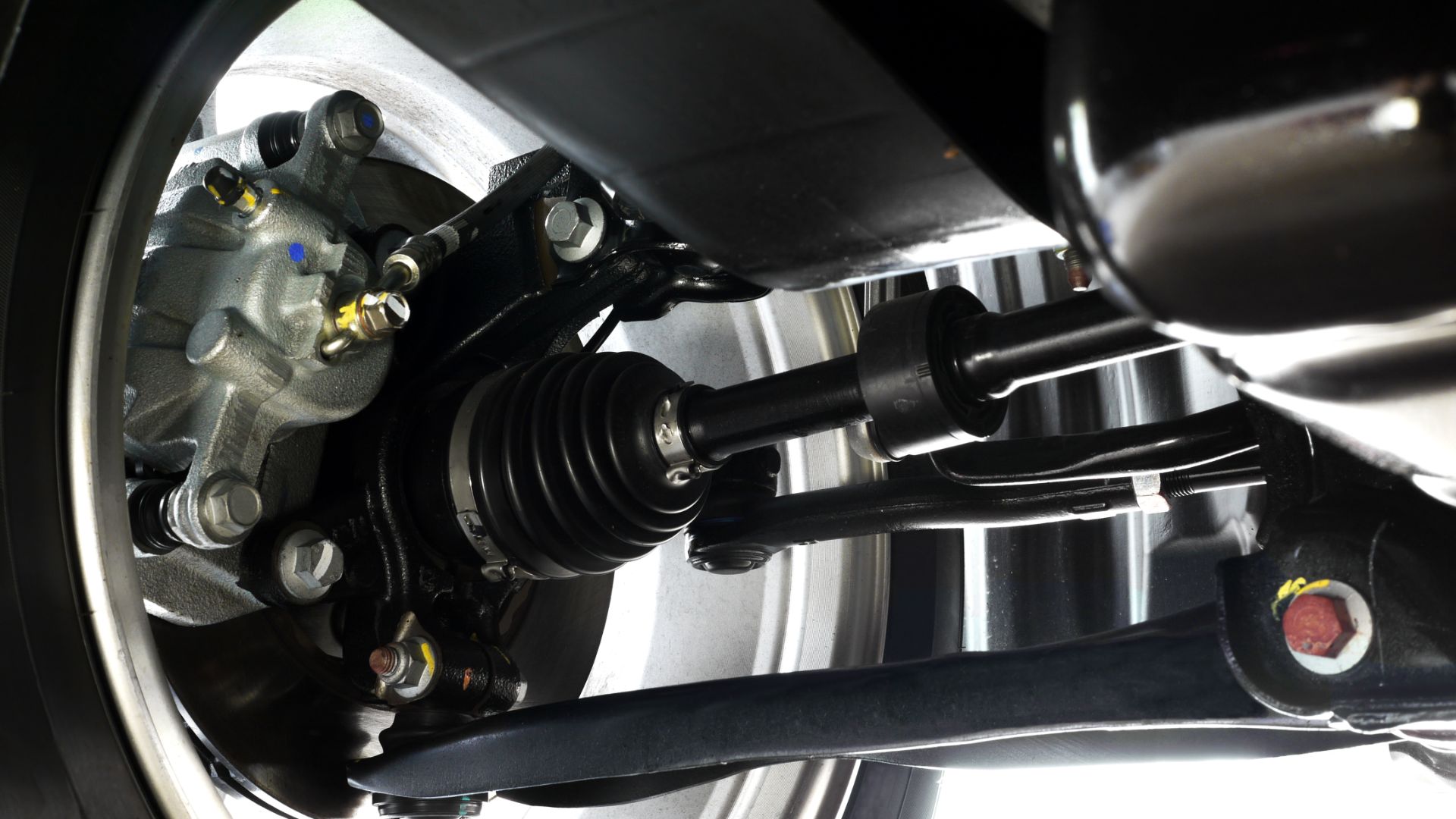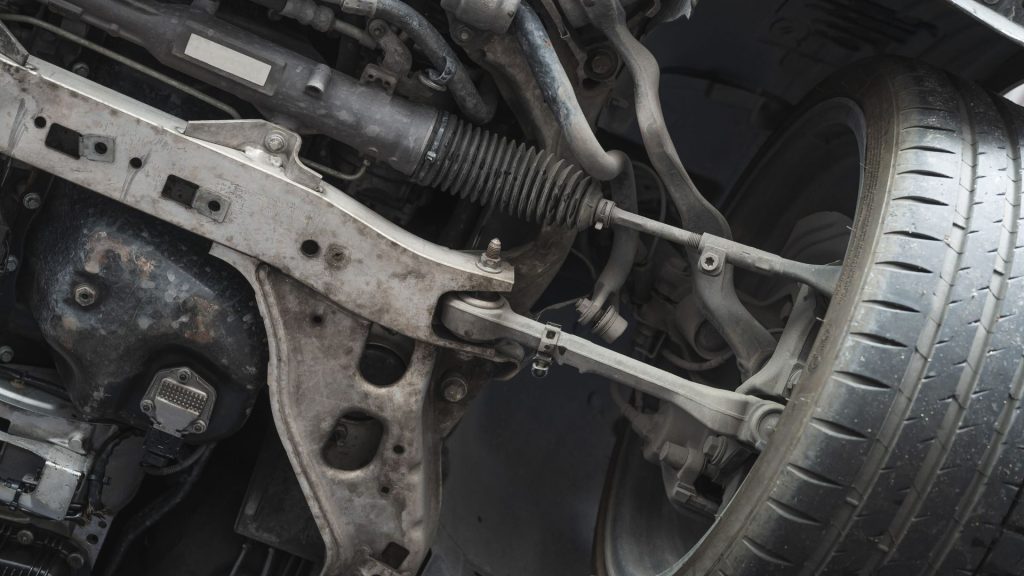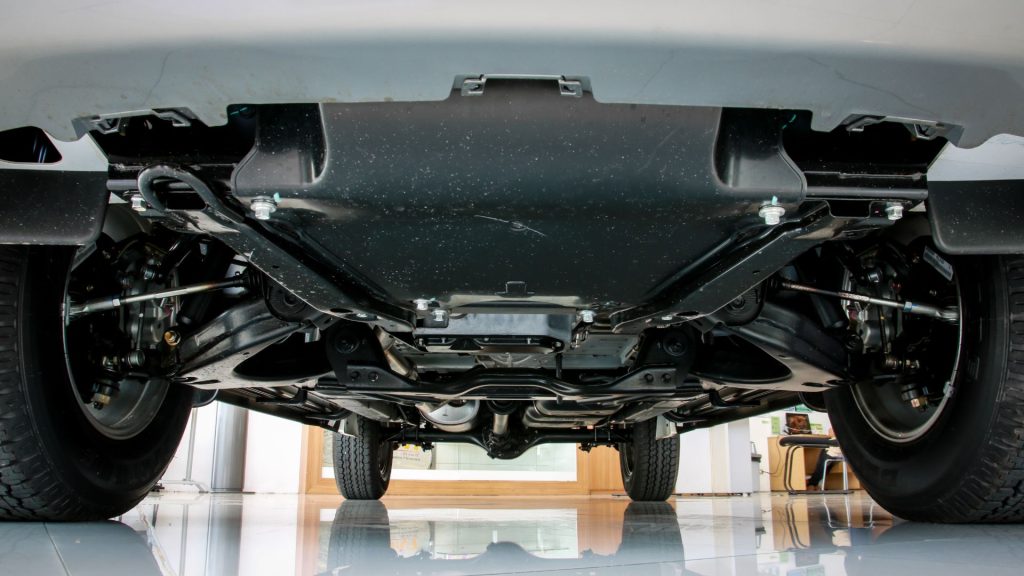How many axles does a car have?
Solve the riddle of how many axles a typical car has.

Very few people are interested in how a vehicle works and while it is an often-overlooked component, axles are an essential part of a vehicle.
Axles are extremely tough since they are exposed to a large amount of strain and need to be arranged to avoid failure of this system. If your axle breaks, your vehicle must be towed to an auto repair shop. Axles are essential parts that need to be appropriately checked to enhance the performance of your car.
But, how many axles does a car have? A general rule for cars is to have one axle for every pair of wheels; that is why most cars have two axles. These axles are referred to as ‘2-axle vehicles’, which entails most cars on the road. There have been many misunderstandings surrounding the number of axles passenger cars have.
Despite numerous design changes over the years, the number of axles remains the same. Moreover, vehicles are categorized by the number of axles they have. Here, we will explore everything you need to know about the axles of cars.
What is a wheel axle?

An axle is a crucial component of your car, and it is a central shaft that connects to the wheels of a vehicle and aids the rotation of the wheels. Axles control the power that propels the wheels. Hence every car has to have axles to operate. If the wheels are rotating smoothly, it means that the axle is running well.
It is almost impossible for vehicles to function without an axle. The design and development of the axle is what keep the wheels aligned. Properly aligned wheels can support the car’s massive weight during accelerating or braking.
The axles control the power that moves the vehicle; its duty exceeds connecting wheels. This makes it one of the most crucial components of a car. Axles maintain the position of the wheels and have a unique role in transmitting driving torque that comes from the driveshaft to the wheels.
They are made out of durable steel, which makes them hard to bend. Nothing can ruin the balance of an axle except for a hard impact that can bend it. In case of such impacts, you may notice some bad axle symptoms like excessive vibrations and a knocking sound. There are non-driving axles that act to separate wheels while holding them in place and serving as a suspension component, while there are driving axles that use the engine’s torque to move the car.
Types of axles

There are three basic types of axles in vehicles, and each type has different variations
1. Front axle
The front axle is located at the front of a vehicle. Its function is to transmit the steering of a car and the power to the front wheels if the vehicle is a front-wheel drive. The live front wheel axle transmits the energy from the engine while the dead front axle transmits the wheel input.
The live front axle rates and delivers power to the wheels. Meanwhile, the dead front axle stays in place and does not rotate. The front axles are made out of durable materials like carbon steel and carbon nickel. This makes them robust against any impact.
Live front axle
Live front axles deliver power from the gearbox to the front wheels, unlike the dead front axles. They transmit power and rotate the wheels.
Dead front axle
This front axle stays in place and does not rotate with the wheels. They have housings that prevent them from coming in contact with dirt or water. They are not connected to the engine or any drive train component and hence deliver no power. Dead axles keep the wheels aligned properly and do not allow them to crumple.
2. Rear axle
The rear axle is located at the rear of a vehicle between the two back wheels. It is separated in the middle by a differential. The differential gets a rotating momentum for the drive shaft and spins the axles on each side of the vehicle.
There is a fixed differential that delivers an equal output to both of the wheels. There is a limited-slip differential in most cars that spins one of the tires. Under normal circumstances, one of the rear axles is live while the other spins when there is a need to or if there is a limited-slip differential. It is going to revolve both rear axles at different speeds to deliver the right amount of power.
A fixed rear differential can be dangerous if you are not experienced in accelerating from zero to high speeds. This is because you can quickly lose your grip and end up in a ditch.
There are three types of rear axles, and they include;
Semi floating axle
The semi-floating axle connects the wheel to the wheel range bearing that is located on the outer axle shaft that holds it securely. This type of axle has two bearings, and one supports the axle shaft while the other goes inside the axle coating. Since the semi-floating axle has two bearings, it needs a bigger size to produce the same amount of torque. The semi-floating axles are usually placed on pickups, cars, SUVs, and some midsize trucks.
Full floating axle
A full floating axle works in a way that is efficiently floating in place and maintaining its position in the process. It is designed to survive harsh conditions to which vehicles are exposed. It is known for its ability to carry heavy loads and its durability.
Full floating axles are more durable than regular car axles, and they are surrounded by sturdy axle housing. This axle housing is designed to withstand many tons of pressure and delivers a good performance. The full floating axle transmits the driving torque, which works best for some heavy-duty vehicles, midsize pickups, and semi-trucks.
Three-quarter floating axles
Three-quarter floating axles have three-quarter of their mass floating. They are more sophisticated and reliable than semi-floating axles. The three-quarter floating axles improve handling, maintain the wheel alignment and handle driving torque and side thrust.
3. Stub axle
Stub axles are attached to the front wheels of vehicles and are connected to the front axle with the use of long pins. They are not as important as the front and rear axles that convert torque power into mechanical speed. There are different types of stub axles, and they include;
- Elliot: This type of stub axle used a kingpin, a cotter, and a yoke to connect to the front axle.
- Lamoine: This type has an L-shaped spindle rather than a yoke-type hinge
- Reverse Elliot: it has the opposite arrangement of a standard Elliot stub axle.
- Reverse Lamoine: This type has the opposite layout of a standard Lamoine stub axle.
Are cars 4 axles?

A four-wheel axle is used in vehicles with four-wheel drive. It is responsible for transmitting power from the engine to the wheels and steering the car. Four-wheel drive vehicles have four axles, two in the front and two at the rear.
A car’s weight is a factor that decides the type of axle on a vehicle. This is because heavier cars need more axles to support their weight.
Most cars come with four wheels and are spread across two axles. Modified vehicles are the only exceptions. Some pickup trucks come with four or six wheels per axle. They distribute the vehicle’s weight and increase the grip.
The number of axles in a car depends on the vehicle type. Larger vehicles with more wheels and more passengers have four axles or more, while most cars have two axles to rotate the wheels, and this depends on how many rows of wheels a vehicle has.
What is a 2-axle vehicle?
A 2-axle vehicle has three or four wheels. The most common 2-axle vehicles are SUVs, cars, and pickup trucks. A vehicle with two axles is known as a 2-axle vehicle; each axle may have one or two wheels. Examples of 2-axle include bicycles, tricycles, motorcycles, regular cars, midsize trucks, and some class 8 trucks.
Some 2-axle vehicles have two wheels, one in the front and the other in the rear. Some heavy-duty trucks and buses have two axles. In the United States, there are weight limits of 40,000 lb or more.
These limits are solely met with the front axles rated for 20,00 pounds each. Because of these limits, most trucks have two separate axles or tandem axles.
Is an axle one wheel or two?
An axle is for every two wheels. The use of one drive axle is made valid by reducing the amount of weight that the truck hauls. When one of the drive axles is eliminated, the car becomes shorter, allowing for a more extended trailer to be moved.
There are single-axle trucks that use one drive axle in the rear. The 1-axle vehicles are also known as single trucks or light semi-trucks. They are commonly used in delivering lightweight goods. They are sufficient for most city deliveries, offer better gas mileage than tandem semi trucks, and reduce maintenance expenses.
Our take
The number of axles in a vehicle is based on many factors. There are different types of axles that are suitable for different kinds of cars as well. A standard front-wheel-drive vehicle will have two axles though others may have more. If you want to find out how many axles your vehicle has, you can check the owner’s manual, ask your mechanic or inspect the car yourself.